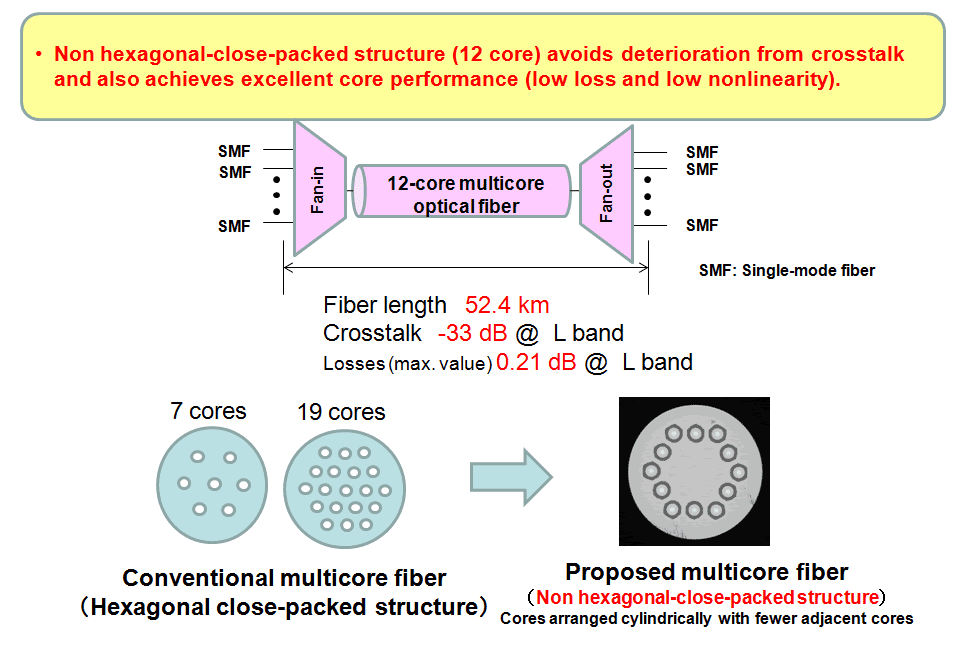43 TBPS Fiber Speed
Record-smashing 43Tbps transfer speed over fiber optic achieved
Using souped-up fiber, the Technical University of Denmark has set a new record for transmitting data over one channel: 43 terabits per second.
The High-Speed Optical Communications group at the university’s photonics engineering department made the transmission. It beat the old record, which belonged to the Karlsruhe Institute of Technology in Germany, by a margin of 11Tbps, the university said.
Faster networks are needed to cope with increasing traffic volumes on new cellular networks, the growing popularity of Wi-Fi, and an increasing dependence on cloud services. On the application side video is also driving demand.
To meet this demand, metro networks and the core networks that connect cities, countries and continents have to be upgraded. For example, metro networks are expected to grow 560 percent in total traffic by the end of 2017, according to networking equipment vendor Alcatel-Lucent.
Today, most core networks use a technology called DWDM (dense wavelength division multiplexing) to boost capacity by sending multiple channels of data at the same time, each transmitted by a different laser.
However, the university wanted to show that huge amounts of data can be transferred over a single fiber using just one channel or laser. Using one channel consumes much less energy, a factor vendors will have to take into consideration when they develop next generation networks, according to the research group.
One of the main reasons the record was possible is a new type of fiber developed by Japanese operator NTT. It’s made up of seven glass threads or cores instead of the single one used in standard fibers. This allows operators to move more data without increasing the size of the fiber.
The university isn’t the only recent record setter. Last week, Alcatel-Lucent boasted it had sent data at 7.2Tbps per fiber pair over the existing Apollo South submarine system, which connects France to the U.S. That’s a ninefold increase compared to the system’s original speed, the company said.
The distance was over 6,500 kilometers and the system used 80 channels, each running at 100Gbps.
Source: Mikael Ricknäs, IDG News Service / pcmag
===========================
Fiber Optic Cables: How They Work



